Clarification: KESC insists it is not scrimping on furnace oil
Utility has burnt 65 per cent more this year, says spokesman.
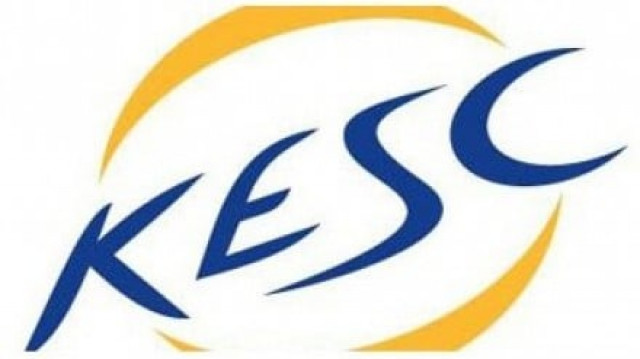
A report appearing in The Express Tribune on Nov 26 has incorrectly attributed this loss to “flaws in (the utility’s) transmission and distribution system.” KESC has no policy to use less furnace oil to make up for the losses. Instead, KESC has been burning furnace oil, which is 2.5 times more expensive than gas, as much as it can and as far as it needs. The gas supplied to KESC during the first ten months of the current year was about 35 per cent less in quantity than what was supplied in the same period last year. Every 25mmcfd reduction in gas increases the tariff by 50 paisa per unit on average, KESC explained.
As a result, the utility has burnt about 200,000 additional tons of furnace oil as alternate fuel during this period.
This quantity is separate from the furnace oil being routinely used at oil-fired generation plants.
In addition to this, all of Bin Qasim Thermal Power Station’s plants are working. During the winter, these units are repaired and maintenance work is carried out.
Also, it is not true that these units have not been operating to their maximum capacity of 210 megawatts each. A KESC spokesman said that the units have been producing at around one third of their capacity when the Abraaj-led management took over two years ago, mainly because of their age and lack of maintnance for a long period of time.
These units have been maintained and updated as much as these could be, during the past two years, and at present these are operating at their optimum capacity.
It is important to clarify as well that Abraaj did not come in to manage the utility during 2005 but it took over KESC in September 2008.
Abraaj has committed a total investment of $361 million during three years starting 2008, and not $500 million as mentioned in the report.
Also, less than one-third of the power-generating units that KESC inherited at the time of its takeover are twin-cycled, while all the rest are gas-fired plants.
No additional amount of furnace oil can increase the power generation of BQPS by 500MW. KESC has also never received its full quota of 276 mmcfd of gas since it was approved at the start, and this quota has never been enhanced.
The government is not providing the utility any subsidy either. KESC does not receive 1,400MW from outside power plants.
The actual supply from outside plants is much less than 1,000MW.
Published in The Express Tribune, December 20th, 2010.




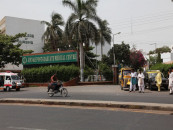

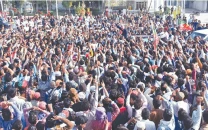

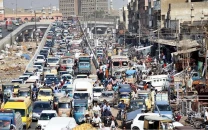

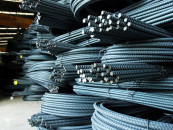

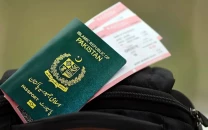




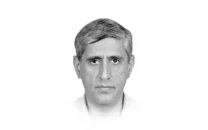

COMMENTS
Comments are moderated and generally will be posted if they are on-topic and not abusive.
For more information, please see our Comments FAQ